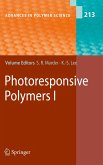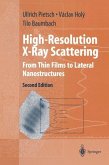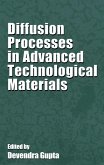Dear Readers, Since the ground-breaking, Nobel-prize crowned work of Heeger, MacDiarmid, and Shirakawa on molecularly doped polymers and polymers with an alternating bonding structure at the end of the 1970s, the academic and industrial research on hydrocarbon-based semiconducting materials and devices has made encouraging progress. The strengths of semiconducting polymers are currently mainly unfolding in cheap and easily assembled thin ?lm transistors, light emitting diodes, and organic solar cells. The use of so-called "plastic chips" ranges from lightweight, portable devices over large-area applications to gadgets demanding a degree of mechanical ?exibility, which would overstress conventionaldevices based on inorganic,perfect crystals. The ?eld of organic electronics has evolved quite dynamically during the last few years; thus consumer electronics based on molecular semiconductors has gained suf?cient market attractiveness to be launched by the major manufacturers in the recent past. Nonetheless, the numerous challenges related to organic device physics and the physics of ordered and disordered molecular solids are still the subjects of a cont- uing lively debate. The future of organic microelectronics will unavoidably lead to new devi- physical insights and hence to novel compounds and device architectures of - hanced complexity. Thus, the early evolution of predictive models and precise, computationally effective simulation tools for computer-aided analysis and design of promising device prototypes will be of crucial importance.
Dieser Download kann aus rechtlichen Gründen nur mit Rechnungsadresse in A, B, BG, CY, CZ, D, DK, EW, E, FIN, F, GR, HR, H, IRL, I, LT, L, LR, M, NL, PL, P, R, S, SLO, SK ausgeliefert werden.









